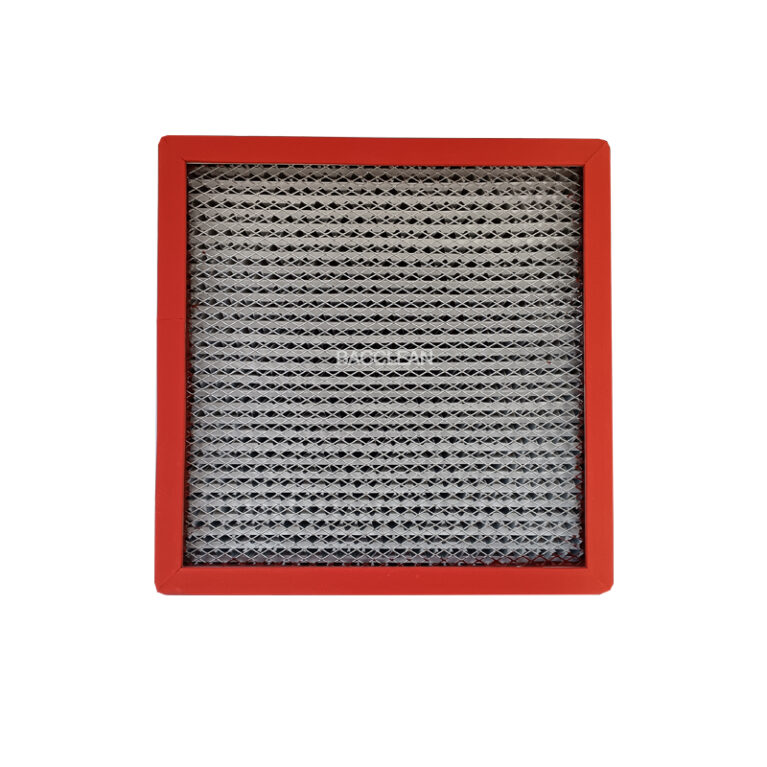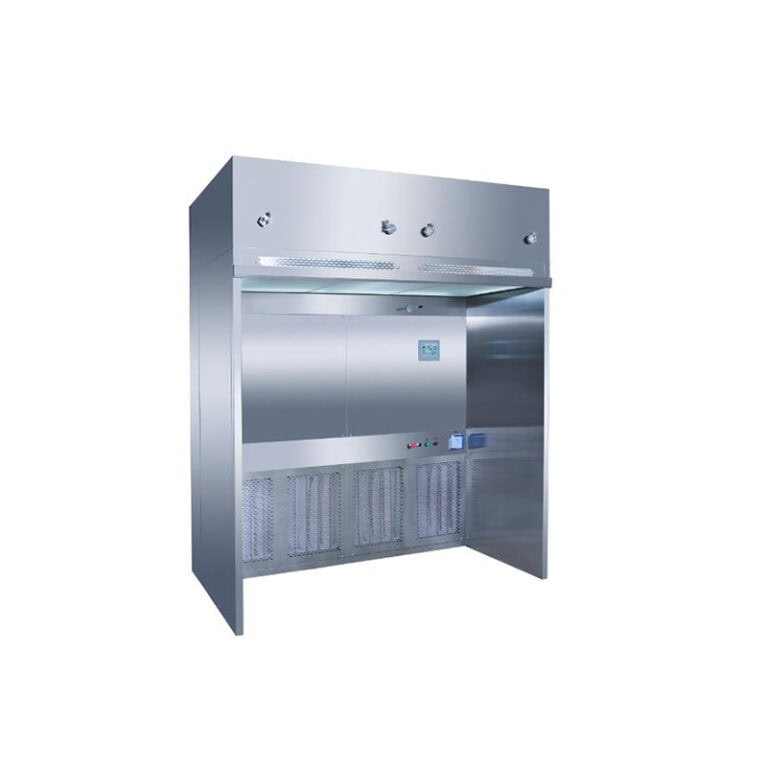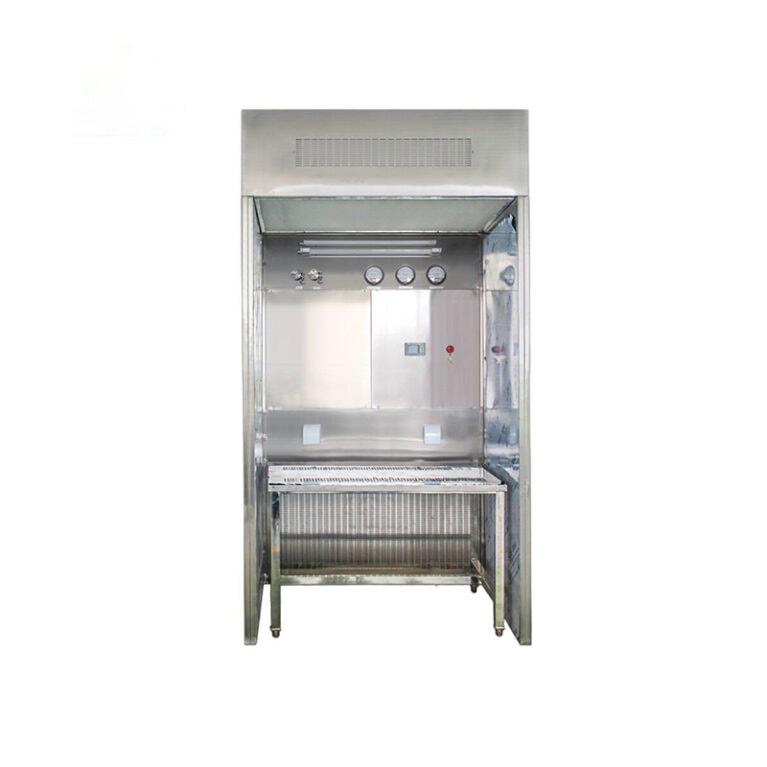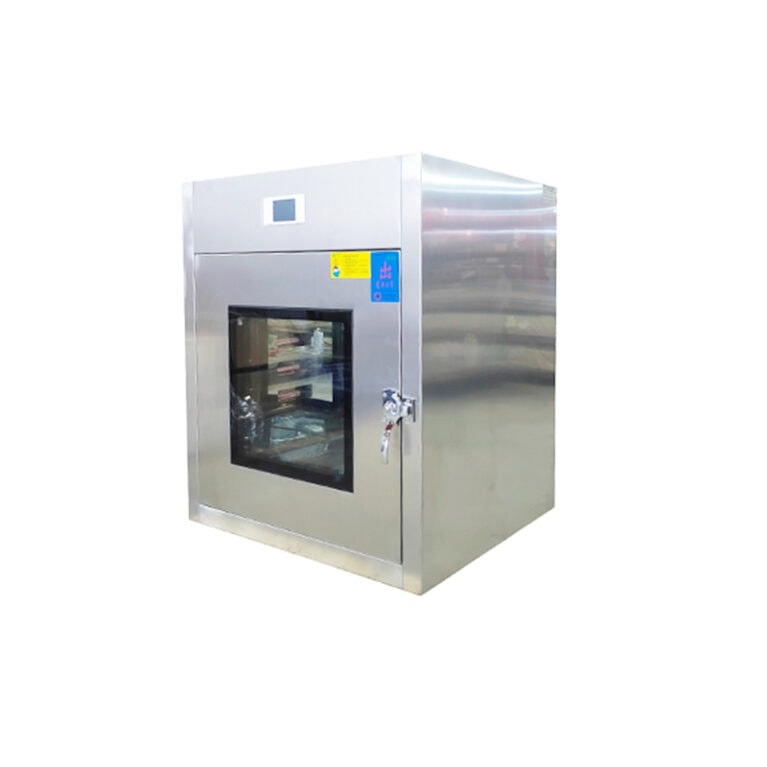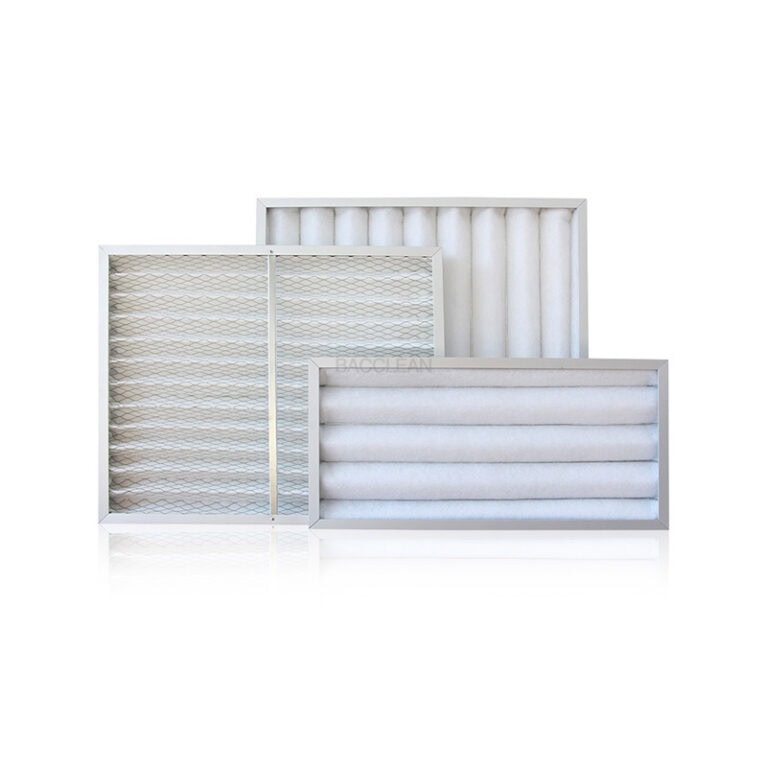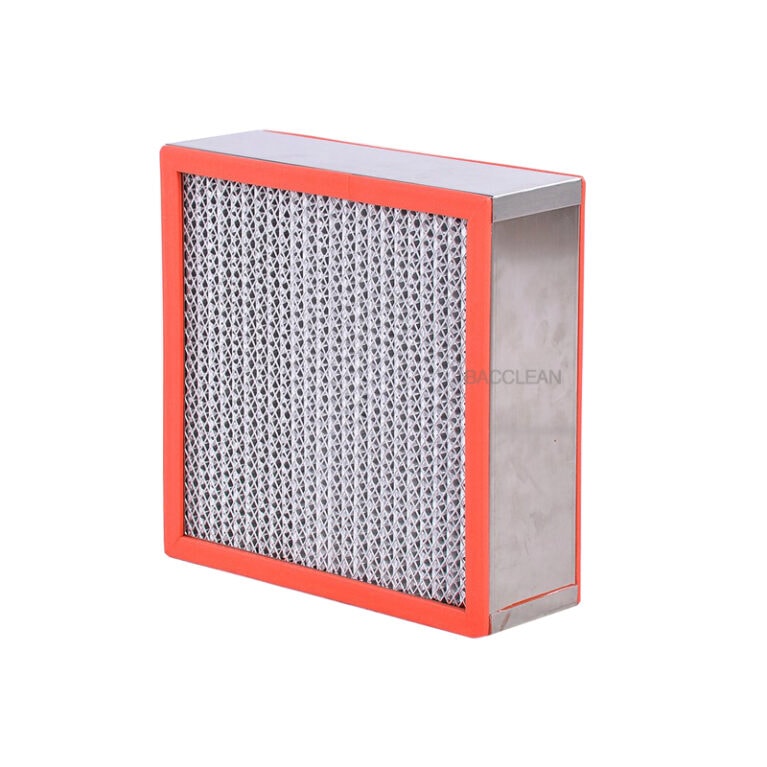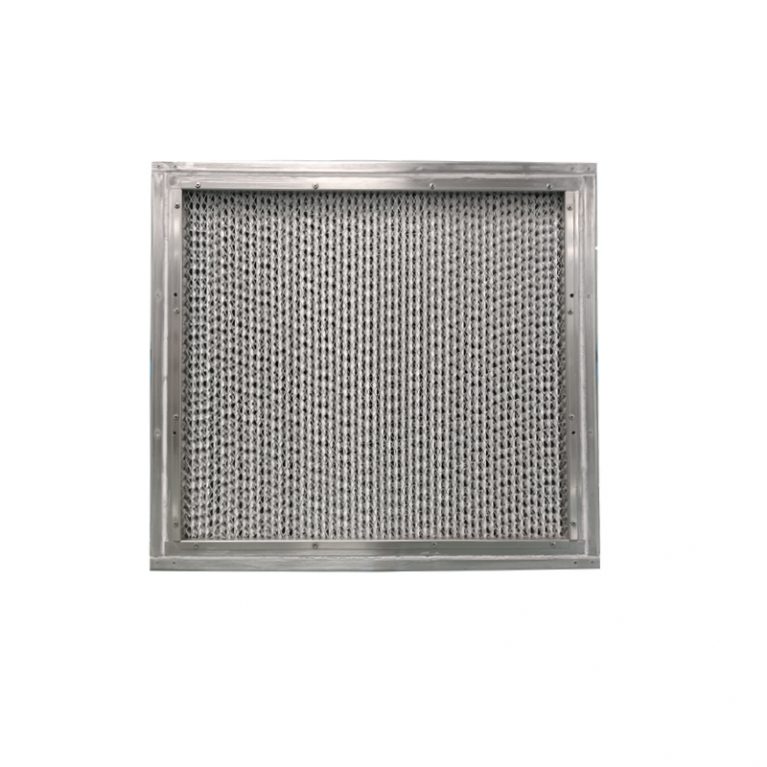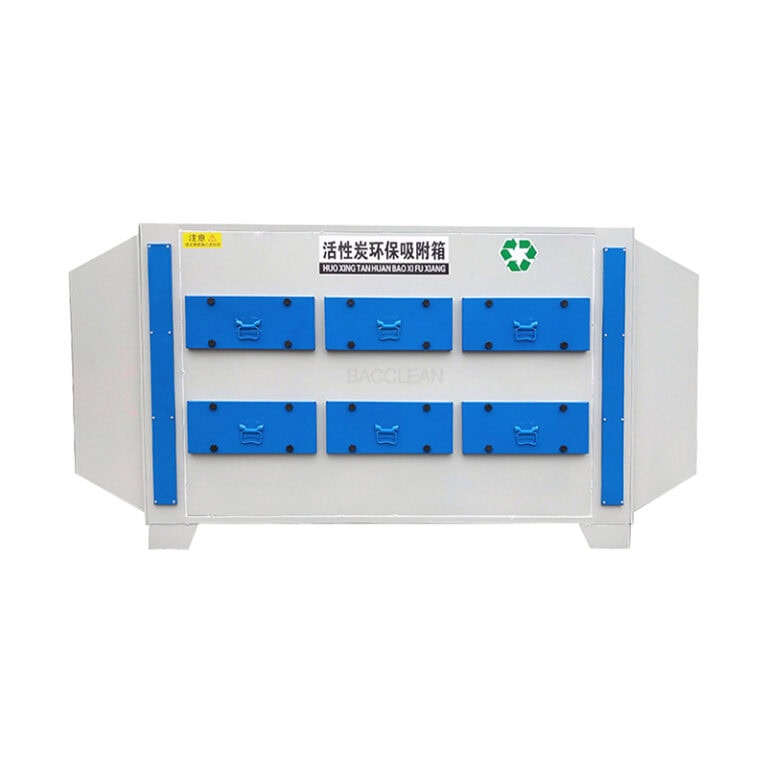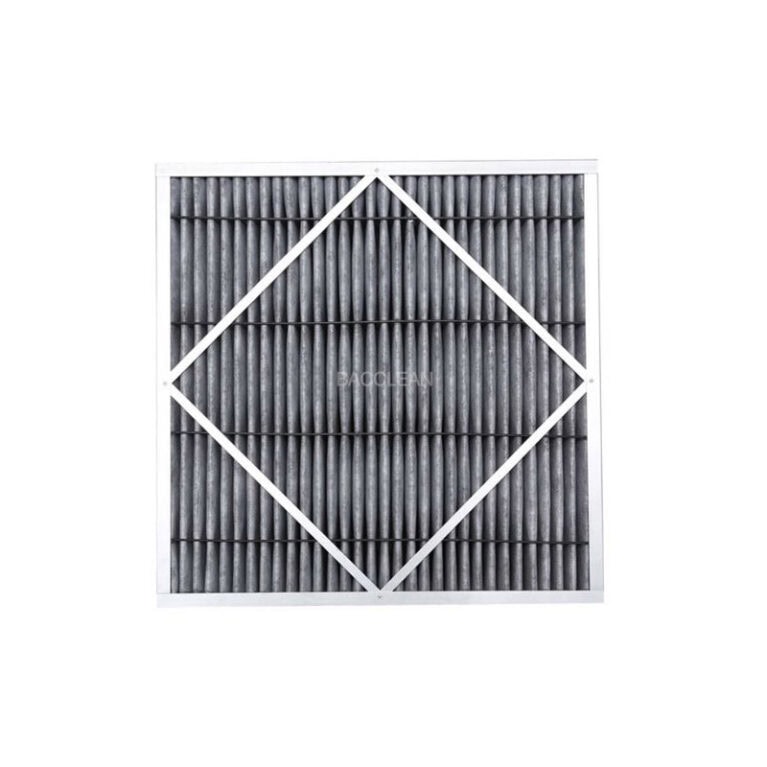The performance of chemical fiber bag and glass fiber bag air filters (such as filtration efficiency, resistance, service life, etc.) is influenced by multiple factors, which not only include the characteristics of the filter material itself but are also closely related to the usage environment and system design. The following is a detailed analysis from three dimensions: filter material characteristics, structural design, and usage conditions:
I. Core Characteristics of the Filter Material Itself
Filter material is the foundation of filter performance, and its material and fiber morphology directly determine the filtration capacity.
Fiber material and physical properties
For chemical fiber bags, the diameter, toughness, and heat resistance of synthetic fibers such as polyester (PET) and polypropylene (PP) are crucial. For instance, fine denier polyester fibers (with a diameter of 2-5μm) have a higher filtration efficiency than coarse fibers (10-20μm), but their dust-holding capacity is slightly lower. Polypropylene fibers are resistant to acid and alkali corrosion and are suitable for chemical scenarios, while ordinary polyester is prone to aging in strong acid and alkali environments.
Fiberglass bags: The diameter of the glass fiber (usually 1-3μm), the strength of the single filament, and the alkali content all affect the performance. Ultrafine glass fiber (<1μm) has a higher filtration efficiency, but it is more brittle. Alkali-free glass fiber has better corrosion resistance and strength than medium-alkali glass fiber and is suitable for long-term use.
Fiber structure and process
Spunbond/meltblown process of chemical fibers: Meltblown fibers are fluffier and have a greater dust-holding capacity, but the loose structure may lead to a slightly lower initial efficiency. Spunbond fibers are tighter and more efficient but have slightly greater resistance.
The weaving/superimposition process of glass fiber: The higher the weaving density, the higher the filtration efficiency, but the greater the resistance. Layered superimposed glass fiber filter media (such as coarse fiber + fine fiber composite) can balance efficiency and resistance.
Ii. Filter Structure Design
Structural design affects the effective utilization of filter media and the distribution of air flow, thereby altering performance.
Filter bag size and pleat design
Bag length and diameter: Under the same material, the longer and larger the diameter of the filter bag, the greater the effective filtration area, and the dust holding capacity and service life are significantly improved (for example, a 1-meter-long filter bag has a dust holding capacity over 40% higher than a 0.6-meter-long one).
Fold density: Due to the softness of the fibers in chemical fiber bags, more folds can be designed (such as 10 to 15 per meter) to increase the filtration area. Glass fiber is prone to breakage due to its high brittleness and overly dense wrinkles, and usually has a lower wrinkle density (6 to 10 per meter).
Frame and sealing method
The frame material (paper frame, aluminum frame, plastic frame) affects the structural stability of the filter: plastic frames (moisture-resistant) are commonly used for chemical fiber bags, while aluminum frames (heat-resistant) are commonly used for glass fiber bags. If the frame is poorly sealed (such as when the adhesive falls off), it will lead to “side ventilation”, and the filtration efficiency will drop sharply by 30% to 50%.
The number and arrangement of filter bags
Multi-bag combinations (such as 6 bags or 8 bags) can increase the overall filtration area, reduce the air velocity per unit area, thereby lowering resistance and extending service life. However, if the arrangement is too dense, causing uneven air distribution, local filter bags may get clogged prematurely.
Iii. Usage Environment and System Conditions
External factors in actual operation have a significant impact on performance, and may even exceed the differences in the filter material itself:
Dust characteristics
Dust concentration: High-concentration environments (such as cement plants and woodworking workshops) can cause the filter material to saturate rapidly. Due to their large dust-holding capacity, chemical fiber bags have a more obvious advantage in terms of service life. In low-concentration environments (such as office buildings), the high-efficiency characteristics of fiberglass bags are more easily demonstrated.
Dust particle size: Fine dust below 0.5μm significantly improves the filtration efficiency of fiberglass bags (with finer fibers). For coarse dust larger than 5μm, the dust-holding advantage of chemical fiber bags is more prominent.
Dust nature: Oily dust (such as cooking fumes) is prone to clogging the fiber gaps of chemical fiber bags (oil-resistant chemical fiber materials should be used). Sharp particles (such as metal shavings) may puncture the brittle fibers of the fiberglass bag.
Temperature and humidity
When the temperature exceeds the tolerance limit of chemical fibers (such as over 80℃ for ordinary PET), it will cause the filter material to shrink and melt, resulting in a decrease in filtration efficiency. While fiberglass remains stable at high temperatures (such as 150℃), high humidity (>90%) may cause the paper frame of the fiberglass bag to become damp and deformed, leading to structural failure.
Airflow parameters
Wind speed: Excessively high wind speed (exceeding 1.5m/s) will intensify the impact of dust on the filter material, and the fiberglass bags, due to their high brittleness, are more prone to damage. Meanwhile, high wind speeds will cause the fiber gaps in the chemical fiber bags to be “blown open”, resulting in a decrease in filtration efficiency.
System resistance: When the air pressure of the fan is insufficient, the high initial resistance of the fiberglass bag will cause a sudden decrease in air volume. The low resistance of chemical fiber bags is more suitable for systems with limited air pressure.
Maintenance and replacement cycle
If the dust-holding limit of the chemical fiber bag is exceeded and it is not replaced, the resistance will rise sharply (possibly exceeding 200Pa), and even the fibers may be compacted and “penetrate” the dust. If fiberglass bags are replaced too early, their potential for efficient filtration will be wasted, and costs will increase.
Summary
The core logic influencing the performance of the two types of filters can be summarized as follows: The characteristics of the filter material determine the upper limit of the basic performance, the structural design optimizes the performance, and the usage conditions determine whether the actual performance can be stably exerted. When choosing and using, it is necessary to combine the dust, temperature, and humidity, and system parameters of the specific scene, and match the material and structure of the filter material specifically to maximize the filtration efficiency and service life.
